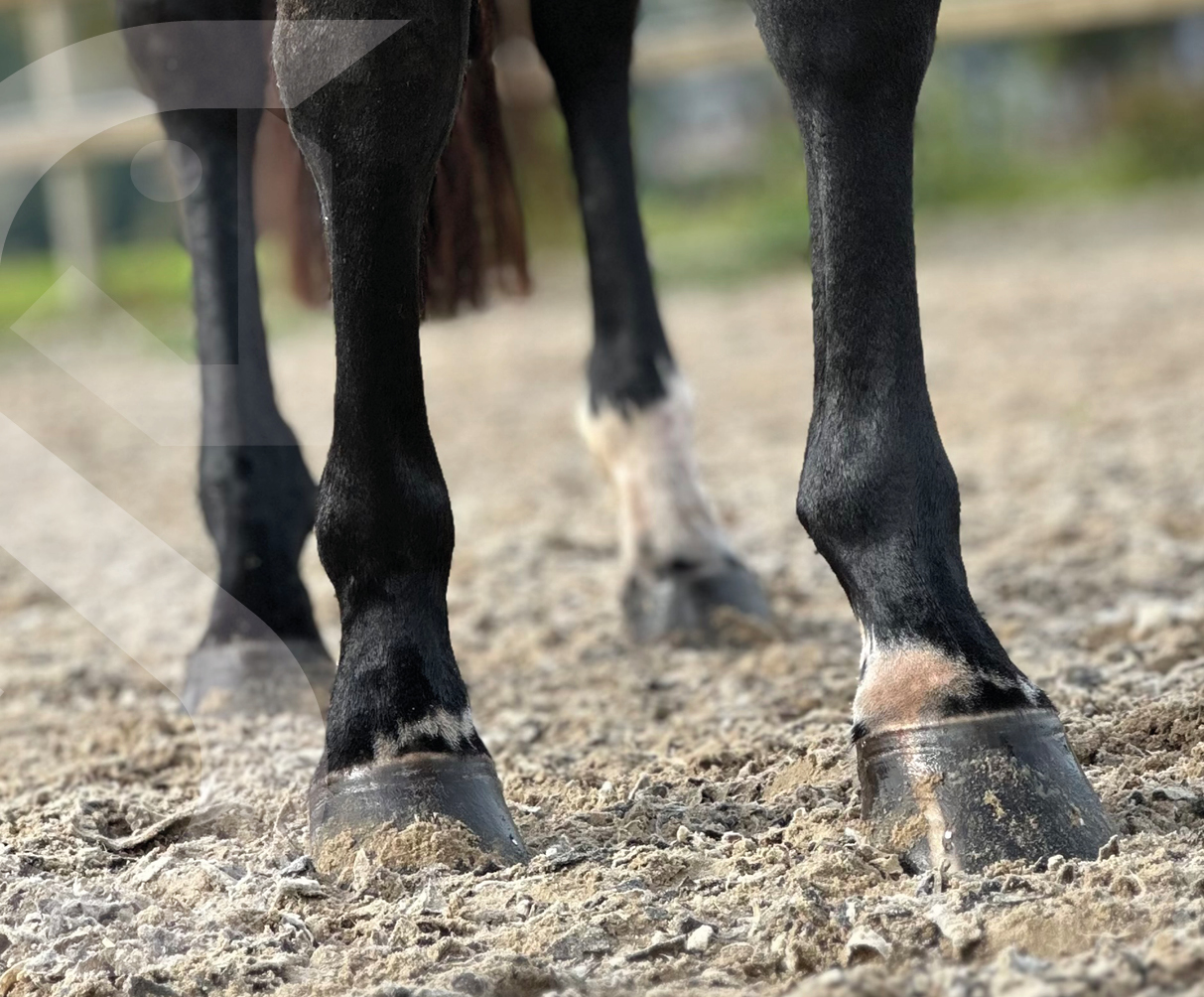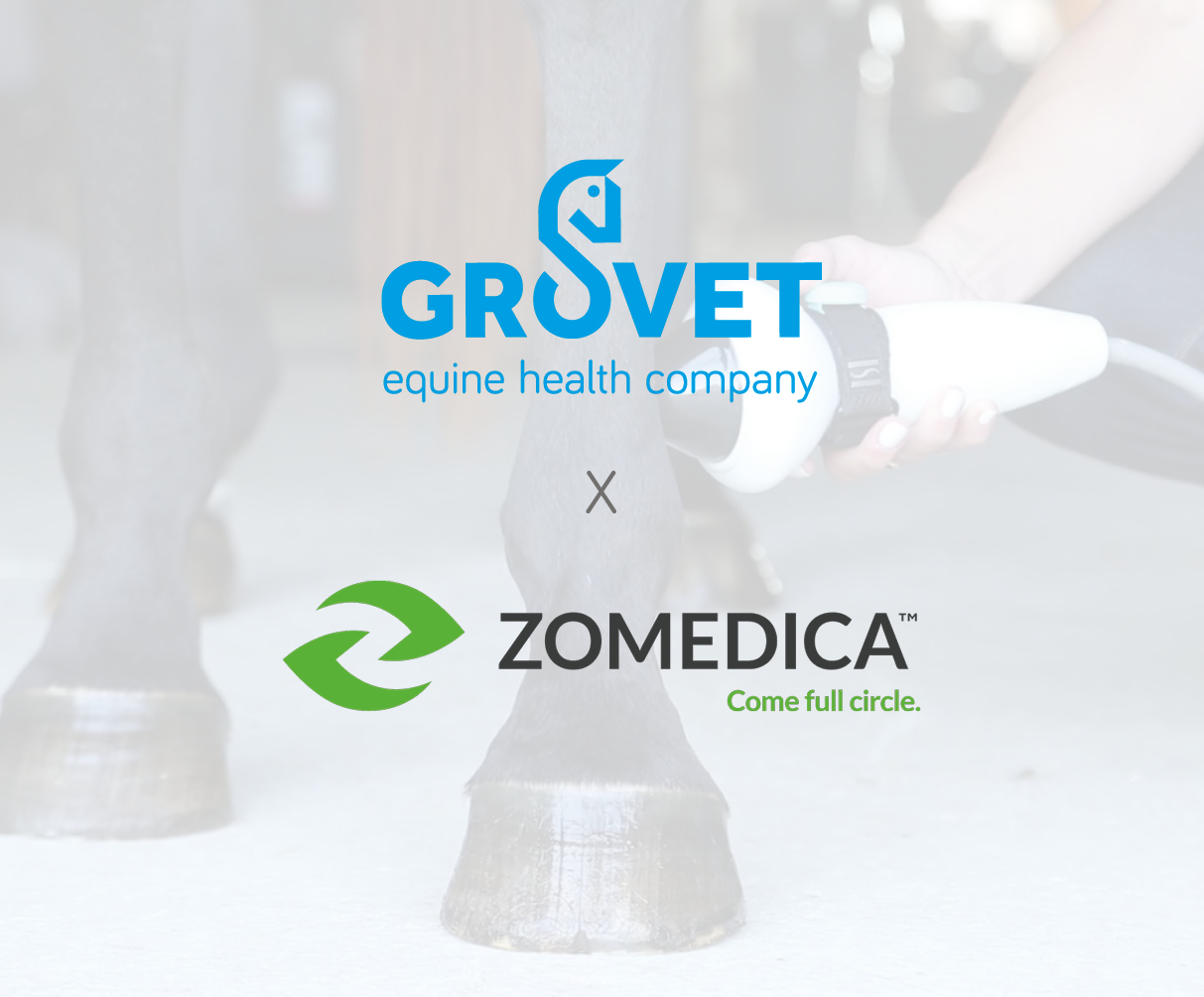HorStem is the first registered veterinary medicine based on mesenchymal stem cells obtained from the umbilical cord of horses. Stem cells reduce lameness in horses with mild to moderate degenerative joint disease (OA).
It is a ready-to-use, sterile, injectable suspension for intra-articular use in horses. Each vial contains 15 million active stem cells, more than enough to achieve the minimum effective dose in the joint regardless of the degree of inflammation or the patient's immune system status.
How does HorStem work?
The mechanism of action of HorStem is illustrated in the figure on the right. Mesenchymal stem cells are activated in the synovium by inflammatory cytokines. In response, they secrete anti-inflammatory cytokines such as Prostaglandin E2 (PGE2).
While PGE2 is primarily known for its pro-inflammatory effects, it also plays a crucial role in regulating inflammation. It is one of the major immunomodulatory cytokines in the body.
When applied to horses with OA, HorStem inhibits T-cell proliferation, reduces the production of pro-inflammatory cytokines like TNF-alpha, and decreases the presence of matrix metalloproteinases (MMPs) that contribute to the breakdown of cartilage's extracellular matrix. Studies have shown that these effects are mediated by PGE2. (1)
Moreover, umbilical cord-derived mesenchymal stem cells stimulate the production of anti-inflammatory cytokines such as IL-4, IL-5, IL-10, and TGF-beta. As the inflammatory response ceases







